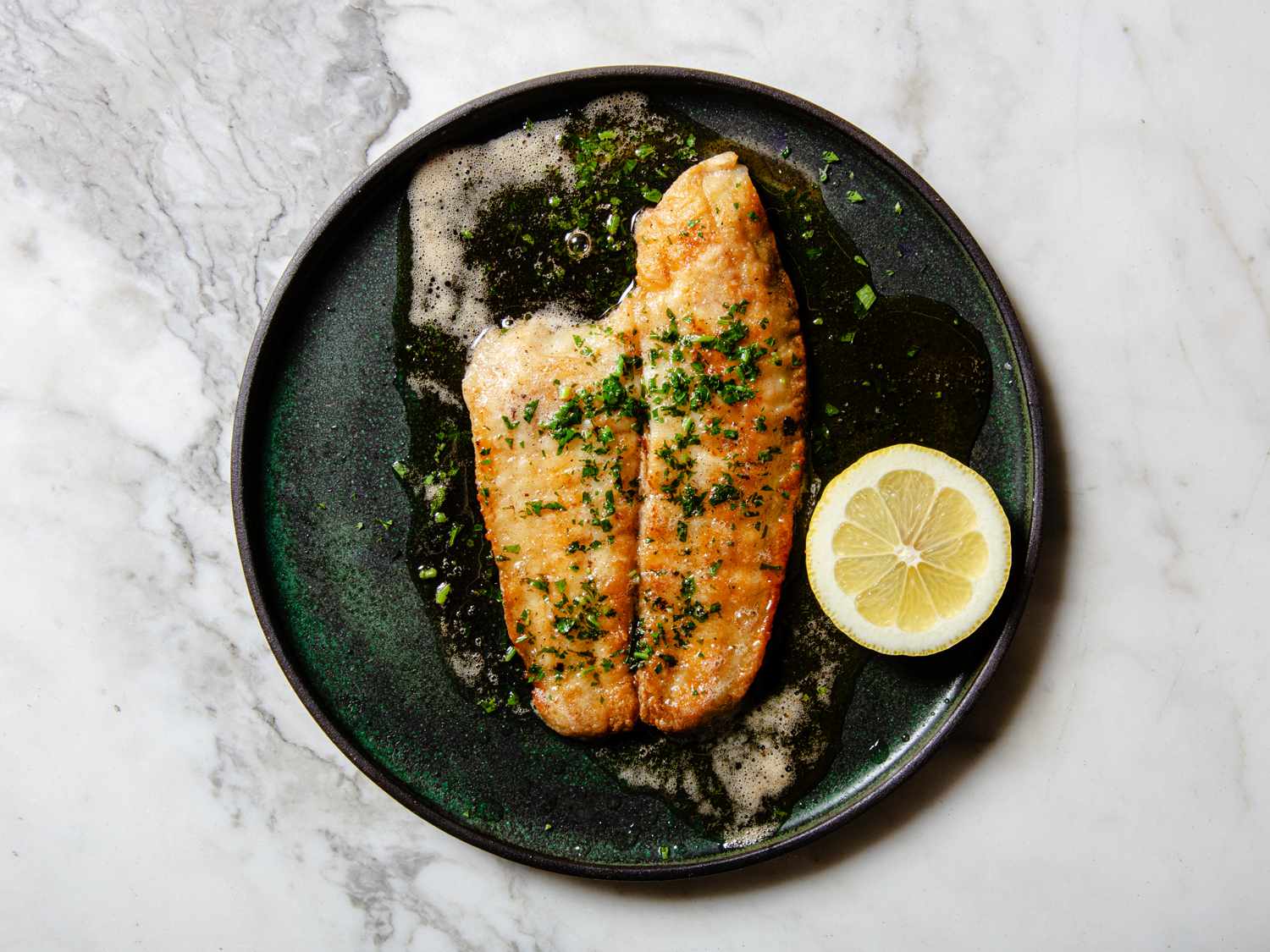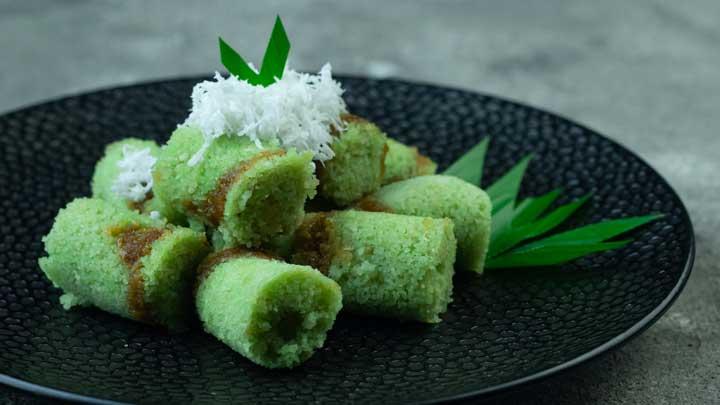Sole Meunière is a classic French dish that highlights the delicate flavors of sole fish, enhanced by a rich, buttery sauce. This elegant yet simple dish has been cherished by food lovers for centuries. Known for its light and crisp texture, balanced with a nutty and tangy butter sauce, Sole Meunière is a prime example of French culinary expertise.
In this article, we will explore the origins of Sole Meunière, the best way to prepare it, and some useful cooking tips to perfect this dish at home. Whether you are a seasoned cook or a beginner in the kitchen, mastering Sole Meunière will elevate your cooking skills and impress your guests.
The History of Sole Meunière

Sole Meunière has its roots in classic French cuisine, dating back to the early days of fine dining in France. The term “Meunière” translates to “miller’s wife,” referring to the traditional preparation method in which the fish is lightly dredged in flour before being pan-fried in butter. This technique ensures a delicate golden crust that complements the soft and flaky texture of the fish.
The dish gained international fame when Julia Child, the legendary American chef, first encountered it during her travels in France. Her experience with Sole Meunière was a defining moment in her culinary journey, inspiring her lifelong love for French cuisine. Since then, this dish has remained a symbol of French culinary artistry and an essential recipe for any home cook.
Selecting the Best Sole for Sole Meunière
To prepare an authentic and flavorful Sole Meunière, choosing the right type of sole is crucial. The most common types used for this dish include:
- Dover Sole: Considered the finest and most traditional choice, Dover sole has a firm yet delicate texture with a slightly sweet flavor. It holds up well when pan-fried, making it the best option for Sole Meunière.
- Lemon Sole: While not a true sole, lemon sole is a good alternative with a mild taste and tender flesh. It is slightly more affordable and widely available.
- Petrale Sole: Commonly found on the West Coast of the United States, petrale sole has a delicate, flaky texture that works well for this dish.
- Flounder: Although not technically a sole, flounder can be used as a substitute if true sole varieties are unavailable.
Freshness is key when selecting fish for Sole Meunière. Look for clear, bright eyes, firm flesh, and a fresh ocean scent. Avoid fish with a strong “fishy” smell, as this indicates a lack of freshness.
Ingredients for the Perfect Sole Meunière
A well-executed Sole Meunière relies on simple, high-quality ingredients. Here’s what you’ll need:
- 2 fillets of fresh sole (Dover, lemon, or petrale)
- ¼ cup all-purpose flour (for dredging)
- Salt and freshly ground black pepper (to taste)
- 3 tablespoons unsalted butter (for pan-frying)
- 1 tablespoon olive oil (to prevent butter from burning)
- Juice of 1 lemon (for the sauce)
- 2 tablespoons fresh parsley, chopped (for garnish)
- Lemon wedges (for serving)
How to Cook Sole Meunière
1. Preparing the Sole Fillets
Begin by patting the sole fillets dry with paper towels. This step is essential for achieving a crisp, golden crust. Season both sides of the fillets with salt and freshly ground black pepper. Lightly dredge the fillets in flour, shaking off any excess. The flour creates a thin, crispy coating without overpowering the delicate fish.
2. Pan-Frying the Sole
In a large skillet, heat 2 tablespoons of butter and 1 tablespoon of olive oil over medium heat. The olive oil helps prevent the butter from burning while allowing it to develop a rich, nutty flavor. Carefully place the floured fillets into the pan and cook for about 2-3 minutes on each side until they turn golden brown. The fish should be tender and easily flake with a fork.
3. Making the Meunière Butter Sauce
Once the fish is cooked, transfer it to a warm plate and set it aside. In the same pan, melt the remaining tablespoon of butter over low heat. Add the freshly squeezed lemon juice and swirl the pan to combine. This step creates the signature Meunière sauce—a simple yet flavorful mixture of browned butter and lemon juice.
4. Plating and Serving
Pour the warm butter sauce over the cooked sole fillets. Garnish with freshly chopped parsley and serve with lemon wedges on the side. Sole Meunière pairs beautifully with light accompaniments such as steamed asparagus, green beans, or a simple arugula salad.
Tips for Perfecting Sole Meunière
- Use fresh sole fillets: Freshness is key to achieving the best flavor and texture.
- Dredge lightly in flour: Too much flour can create a heavy crust instead of a delicate, crispy exterior.
- Don’t overcook the fish: Sole cooks quickly, so keep an eye on it to avoid overcooking. It should be golden brown and just cooked through.
- Brown the butter properly: The butter should turn a golden, nutty brown color before adding the lemon juice. Be careful not to burn it.
- Serve immediately: Sole Meunière is best enjoyed fresh off the pan to savor its delicate texture and flavor.
Pairing Wine with Sole Meunière
A well-chosen wine can elevate the experience of Sole Meunière. Here are some excellent wine pairings:
- Chablis: A crisp, mineral-driven white wine from Burgundy that complements the lemon-butter sauce.
- Sauvignon Blanc: Its bright acidity enhances the freshness of the dish.
- Chenin Blanc: Offers a balanced combination of fruitiness and acidity, making it a great match.
- Pinot Grigio: A light and refreshing option that won’t overpower the delicate fish.
Conclusion
Sole Meunière is a timeless French dish that celebrates simplicity and elegance. With its crispy golden crust, rich butter sauce, and bright lemony finish, it’s no wonder this dish has remained a favorite among food lovers. Whether you’re preparing it for a special occasion or a weeknight dinner, mastering Sole Meunière will allow you to experience the magic of French cuisine in your own kitchen.
By following the tips and depobos techniques outlined in this guide, you can create an authentic Sole Meunière that captures the essence of French culinary tradition. So grab your freshest sole fillets, heat up your pan, and indulge in the classic flavors of this exquisite dish. Bon appétit!



















